“How much should photographers charge?” Getting your photography pricing can be tricky when you’re starting your career. You don’t want to charge too little and make a loss. And you don’t want to charge so much you’ll scare clients away.
A good answer might be $100 to $300 per hour or $75 to $350 per image for professional photographers in the United States. But photography pricing is a bit more complicated than that.
First, it depends on the kind of photography you’re talking about. Also, how much experience do you have? What are your expenses? And how often are you working? Let’s take a look at these questions and more!
Note: All pricing in this article is in USD.
Making a living as a photographer isn’t easy. It takes dedication, skill, and a can-do attitude. There are also many different ways you can generate revenue as a photographer.
You can sell stock photos and prints. You can use affiliate relationships to make money through blogs, vlogs, and social media. Some gear manufacturers are looking for brand ambassadors. And magazine submissions and competitions can bring in some money.
But photoshoots are by far the biggest earner for photographers. They are the most reliable source of income, and they will become the bread and butter of your photography career.
There are different types of photoshoots, and you might want to become a specialist in certain areas. Wedding photography is one of the most lucrative, especially during the summer months. Real estate is a consistent earner. And product and fashion photography can also be a good source of revenue.
Getting your photography pricing right is essential if you want to make money from photoshoots. That’s what we’re going to focus on in this article.
Beginners might be inclined to set their prices too low to attract more clients. That might work, but you might make a loss overall if you haven’t accounted for your expenses. And that includes your time.
But you also have to be careful not to charge too much if you’re inexperienced. Photoshoot pricing is about finding a balance and being honest about the service you can provide and the costs you face as a photographer.
Pricing can vary from one location to another and between different types of photography. But the first task is to estimate the market rate and your annual operating costs.
After that, you can divide your costs by the weeks you intend to work. Then you can determine how much money you need to earn weekly to make a profit.
Next, you make a few assumptions about the number and value of jobs you get at your chosen rate. And you have the beginnings of a business plan. So let’s have a look at all that in more detail.
A quick Google search for photographers in your area will yield many results. But be sure to look for those who offer the same type of service. Each genre also has different photography prices. So it pays to be specific.
Let’s look at a few examples. If you live in L.A. and take photos of families, search for “Los Angeles family portrait photographers.” Or, look for “local wedding photographers” if you want to get into wedding photography.
Be aware that it can be challenging to find photography prices online. Many professional photographers don’t show their rates on their websites.
In most cases, it’s not that they want to keep prices a secret from other businesses. In general, the needs of their clients vary a lot. So it makes sense for them to set fees according to particular photo services.
The good news is that many photographers share their starting rates. This will at least let you know where you should start your pricing.
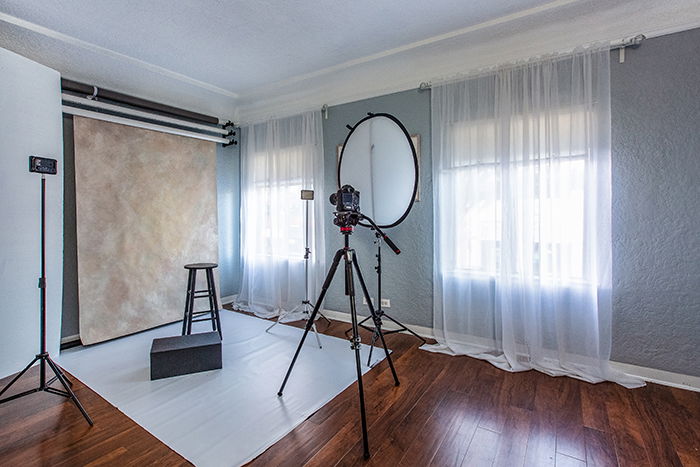
Your experience in the field also vastly affects your rates. What if you only have one year of experience as a professional photographer? You can’t compare your photography prices to someone with ten years of experience.
Professional photographers can charge way more than amateur photographers. But if you set your pricing to student rates, it can be challenging to earn a living.
How much should you charge for photos if you don’t have any experience at all? Set your pricing closest to the lowest rates. Doing so allows you to attract customers in the early days.
It also allows you to expand your photography portfolio. You can then show your work to future clients. As you get more experienced, you can increase your rates accordingly.
What if you still don’t get much information about the photographers in your area? Consider looking at a paid website like Payscale. (You can price one job for free.) Simply type in “photographer” and see an income scale in your area.
Apart from that, free recruiting sites such as Glassdoor and Indeed also offer pricing information. Plus, you could always search online for a “photography pricing calculator.”The National Press Photographer’s Association has a helpful calculator to input expenses and desired income.
Fash is a go-between business for clients and customers. And their team questioned many photographers in the States about pricing.
They developed the following pricing model for hourly rate and price per image. You can use this photography pricing list as a beginner and professional photography pricing guide.
| Level | Per Hour (USD) | Per Image (USD) |
|---|---|---|
| Beginners | 0-50 | 10-25 |
| Amateur | 25-100 | 25-50 |
| Student | 50-100 | 25-100 |
| Semi-pro | 75-150 | 50-150 |
| Professional photographers | 100-300 | 75-350 |
| Top professional photographers | 200-500+ | 400-1,000+ |
Remember that setting your prices to match your competitors isn’t enough. You should also consider your operating costs, both fixed and variable. These should include everything you can think of:
Besides your operating costs, look at how many hours you invest in each job. Include time communicating with clients before the shoot.
You should also consider location scouting and commuting to and from the location. Furthermore, you must factor in your photo editing time after the shoot.
Finally, don’t forget to account for taxes when setting your photography pricing. The percentage will vary based on where you live. Be sure to check your local and federal tax rates.
For example, there’s a self-employment tax besides the standard income taxes in the US. We recommend putting aside 25% to 30% of your income for tax purposes.
Your tax varies depending on your type of business. Sole proprietors typically pay the highest percentage. But you can always consult a tax specialist for guidance to clarify your requirements.
Karl Taylor provides the following example (pictured below). It’s how much you need to earn every week to cover the typical costs of running a successful photography business. You can adjust the numbers to suit your particular business model.
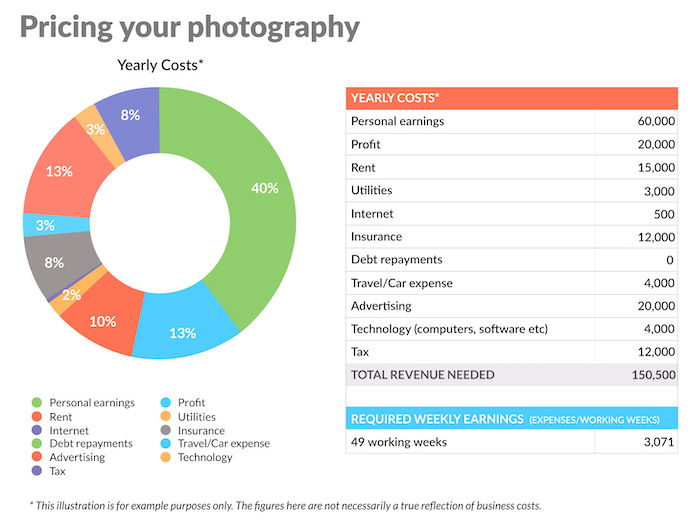
*Adjusted for generic pricing.
Depending on your photography business, there are different ways to structure your pricing. First, let’s discuss what the types of photography are.
There are plenty of genres and businesses connected to photography. We’ll cover event, portrait, real-estate, commercial, product, and food photography.
Photography rates per hour vary enormously in different photography services. High-end photographers charge far more than amateur photographers, for instance.
But this quick guide will show you the average price ranges per hour:
Apart from the prices stated above, there are other variables to consider. For instance, there are licensing fees apart from your day rate with commercial photography.
And the pricing for a group portrait per hour may differ from a portrait photoshoot for one person.
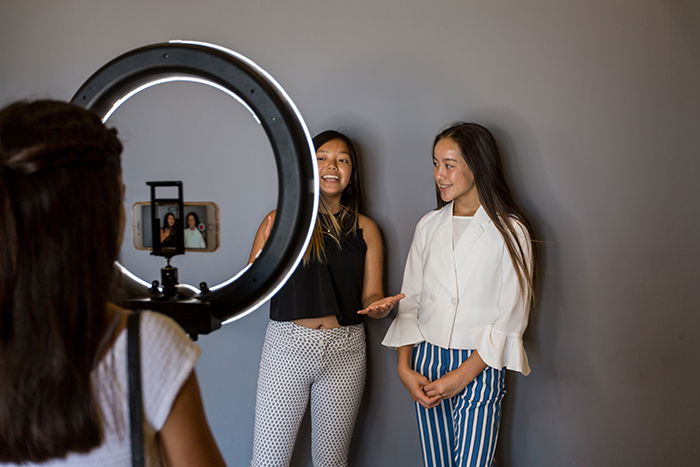
As you can see, being specific about a photography pricing template is difficult. Pricing varies too much to create an accurate guide.
So let’s look at a breakdown of various photography businesses. That way, we better understand each niche’s typical photography pricing model.
For event photographers, having an hourly rate is standard. Prices vary from at least $150 to $500 per hour. And many photographers require a minimum number of hours for a session.
If the client doesn’t meet that limit, they may have to pay more. This ensures photographers aren’t taking an event job for only $200. It also encourages clients to go with a bit more session time.
So you might charge $300 per hour if it’s less than five hours. But for five hours or more, you might be at a lower rate of $200 per hour.
Hourly rates also depend on the location and type of event. Plus, you can include other fees for any special requests from clients.
The number of images included with hourly rates varies. Some event photographers have all their best pictures included in the hourly rate. Others limit how many photos they provide for each hour.
Photographers may also offer packages that include physical copies of the images. And remember, event rates include editing. So make sure your hourly rate leaves room that allows time for editing.
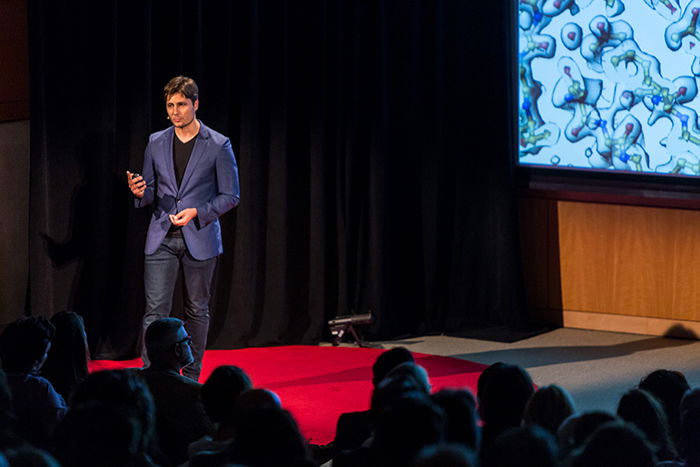
Couples want memorable photos from their wedding photographer. And they expect pictures above and beyond standard event photos. In most cases, they ask for special requests that vary by client.
Some may like large prints, while others only need a single album. Some may want to include engagement photos, while others want you to focus on the wedding. Whatever requests they make will affect your wedding photography prices.
Wedding photography contracts often include the hours you need to cover the event. Furthermore, you can set the number of photos you give your clients.
Do you want to send them everything you took for the entire event? Or would you instead select the best ones yourself?
As mentioned, your local market and the quality of your work are the two main factors that determine your rates. To help set your price structure, look at what other photographers offer.
More specifically, do your research on other photographers’ packages. What do they include? How much do they charge? And can you provide the same services competitively?
Of course, you shouldn’t copy other people’s packages. Instead, figure out what other wedding photographers may lack and fill that void with your service. That way, you can offer your customers a complete, unique experience.
Creating pricing packages allows you to tailor your rates according to the services your clients may need. Your photography prices should include physical products such as albums and prints.
Including these physical mementos with your package creates a personal touch. Not to mention you can earn more if you offer such add-ons.
But pricing shouldn’t end there. You should also consider other photography opportunities, such as the engagement photoshoot. After all, why should a couple hire another wedding photographer for that event when you could do it yourself?
The more you provide at a friendlier price, the more likely you get clients. Of course, you also shouldn’t go too low on your pricing. Be sure to stay competitive!
Beginner wedding photographers may price their packages as low as $500. In general, many businesses charge up to $5,000. But rates can be as high as $20,000 for renowned professional wedding photographers.
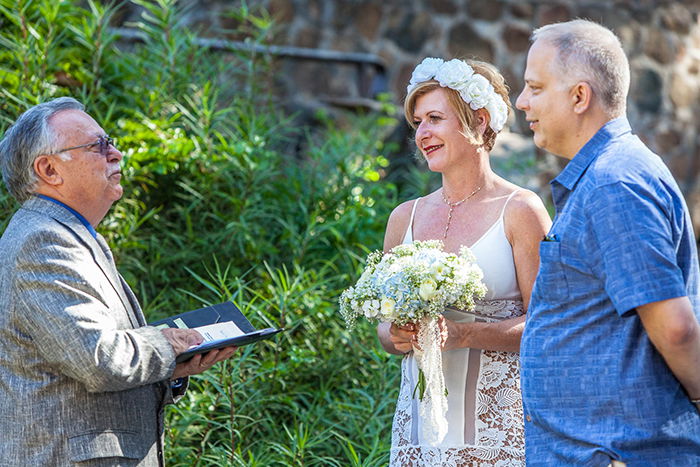
So what factors do you need to consider when setting your portrait photography pricing? Portrait photographers offer packages like wedding photographers.
In most cases, you must know how long the session will be. Then you need to find out how many people will be taking part.
Remember that time is money. So setting limits to your session will help you earn more. The longer they want to pose in front of the camera, the more they have to pay.
The same goes for the number of people they can include in group sessions. Working with large groups takes a lot longer. If even one person blinks at the wrong time, you must take the shot again!
Your portrait photography pricing should also include a set number of photos you can deliver. Give them access to digital images and prints to make your business more lucrative.
While some people simply like to post their images on social media, others love to have physical copies of their portraits. Diversify your services and offer them different options. That way, you earn from digital copies and the albums you create from prints.
Like most photography businesses, portrait photography session prices vary. But most professional portrait photographers start at no less than $250 for a basic package. For that, they may offer up to three hours of work plus digital files of all the pictures.
Pricing for corporate portraits can be in the thousands. Again, it all depends on your market and skill level. As always, look around on the internet and see what rates other portrait photographers offer.
You can see our full article on professional portrait photography pricing.
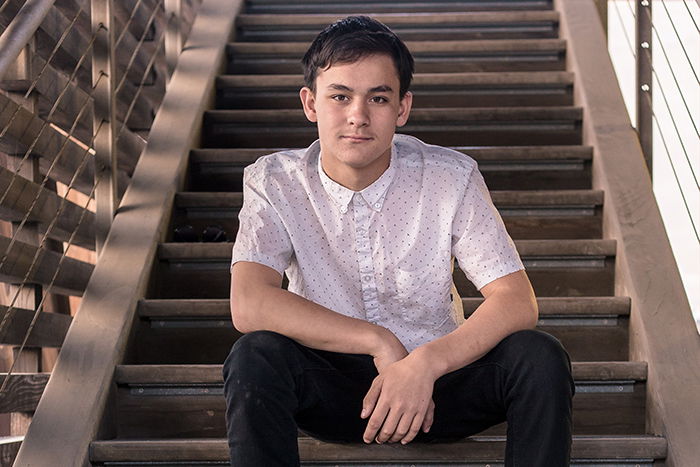
One popular kind of portrait is the one destined for social media. It has become more and more popular in the past couple of years. So, if you’re a photographer getting into this business, how much should you charge for Instagram pictures?
Pricing varies depending on the type of photography business you run. In general, photographers send image files to clients and let them decide what to do.
Photographers typically charge clients if they want prints and other physical images. But people can use digital photos in any way they want without fees.
This pricing model is acceptable for most photography businesses. But pricing for social media is entirely different than commercial photography.
Companies that use commercial images for marketing must pay for licensing. The only difference for social media is that the rates for an Instagram campaign are often significantly lower than a print ad.
The pricing for social media also varies a lot. It can be a few hundred dollars for one small company ad. But it can reach up to $10,000 or even $20,000 for high-profile Instagram campaigns!

Real estate photography is always in demand and offers opportunities for entry-level photographers. It’s easier to start here than in other businesses.
So what makes real estate photography attractive to beginner photographers? It’s the fact that you don’t need to have an extensive portfolio to start. It’s also easy to learn and doesn’t need a long list of equipment.
Many real estate businesses hire new people all the time and train them. Some only require a camera, a wide-angle lens, and a computer. That’s it! But that’s not to say it doesn’t have its challenges.
Unlike other businesses, the pricing for real estate photography isn’t per hour. Instead, you get paid per house listing. And in most cases, clients expect you to deliver 20 to 25 photos.
The size of the property also determines photography pricing. If it’s a larger house, you need to charge more. And that’s mainly because you have a bigger area to photograph.
It will take you more time to take pictures of every building feature. And you might also have to deliver more than 30 images to ensure you include every room and facility.
Real estate photographers in most markets begin at $125 per listing. And it can go up to $250 or more for more prominent properties. Because you’re dealing with flat rates, it doesn’t matter if you’re new in the field (for the most part).
Clients will give the same amount they pay pro photographers as long as you can prove your skills. But the pricing can go up to about $500 for more experienced professional photographers in higher-priced markets.
Clients need quality photos that reflect the property’s value if they have a multi-million dollar home. So most real estate brokers may prefer hiring veterans in the business instead of beginner photographers.
Online platforms for home listings dictate the number of files you need to deliver. In the US, they allow up to 25 photos.
And turnaround needs to be quick for real estate clients.
In most cases, you need to deliver the files within 24 hours. So you need to account for that in your rate calculations as well.
With so many online opportunities, starting in the real estate photography business can be easy. But building your online portfolio as you gain experience is essential.
You should also invest in better equipment as you grow, including lighting. That way, the quality of your real estate photos also improves. And If you’re an employee with a real estate company, you can eventually transition to become a full-time business owner or contractor.
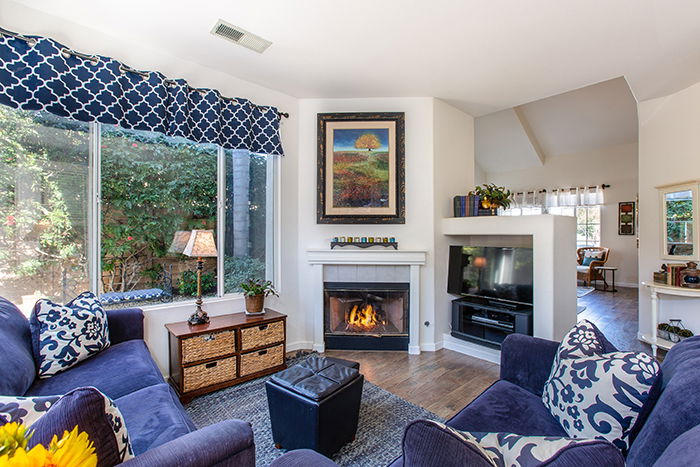
Commercial photographers work for companies rather than individuals. And it is one of the most challenging niches.
It requires years of training and experience before you get any acknowledgment in the industry. But once people recognize your work, you can earn a lot of money.
Commercial photographers often get the highest salaries when it comes to photography businesses. Most earn hundreds, if not thousands, of dollars per hour.
Apart from that, they also get paid for licensing their photos for commercial use. Licensing can yield tens, if not hundreds, of thousands of dollars. So it’s tough to set pricing for commercial work.
You need to ask many questions before you can even determine the costs. For instance, is the project for a small or international brand? Is it for social media or a billboard campaign? And how much is the budget?
Those are some questions and a few factors you need to consider. It’s also good to consider hiring a crew, buying necessary equipment, and looking at production costs.
Pre-production alone may take weeks or months. Then the photo session itself can vary from one day to a few weeks. After that, you need to set aside time and money for post-production.
A standard pricing model for commercial photography pricing is the day rate. But some people charge per hour or project. The fee often includes a set number of final images.
As we mentioned, there are also licensing fees for the photos on top of the day rate. Even though companies pay top dollar for the photoshoots, the photographers still own the pictures. The clients need permission to use those files for marketing.
Licensing is a way for photographers to ensure their clients can only use the photos for a specified period. It can be as short as one season, like a few months. Or it can last for a few years. Then clients can stop or extend it for an extra fee when their license expires.
Since commercial projects vary widely, photographers often don’t create set pricing. Small jobs for new photographers may be as low as $500 per project. But a large business can easily charge hundreds of thousands of dollars for a campaign.

One form of commercial photography that deserves a separate mention is product photography. It’s also known as e-commerce photography. It is generally priced on a per-image basis. Typical rates can range between $35 to $170.
Again, it’s essential to be aware of all your cost drivers. Details like how long does it take to set up each product? Is special lighting needed? And how much post-processing is expected?
Food photographers generally charge from $150 to $500 or more for jobs. But the work can vary enormously. It can be a handheld shot of a beef Wellington to a comprehensive catalog of everything on the menu. There’s no such thing as an “average” job.
You can do some jobs on your own in less than an hour. Others might need a whole day’s work in a professional studio with an assistant and the cooperation of the entire kitchen staff!
That makes setting your photography prices a bit tricky. You need to know all the details. This includes the location, the shot list, and third-party costs such as studio hires and assistants.
You must also agree on the output format, whether digital images or prints. And how much photo retouching they expect.
After you’ve done a few of these jobs, the pricing should get a bit easier. In the meantime, you need to make sure to think of as many costs as possible upfront.
Plus, do some research online to find out your competitors’ pricing policies. If you’re in the ballpark, you should get a few gigs to build up your food portfolio.

It’s not enough to decide on your photography rates. You also need to reevaluate them regularly. They should always reflect your level of expertise and quality of work.
Early on, you may want to review your rates and consider price hikes every three months. As you become more experienced, you may change your rates only once per year.
One issue that many photography businesses have is caused by having set increases. In other words, they always add a certain amount without figuring out how much they truly need.
Don’t increase your photography pricing using an arbitrary amount. You can’t say you’re adding $100 to your fees without a good reason. You need to know where every penny of the money goes. That way, you see what you need to charge.
So before you set new photography rates, calculate your costs. Then come up with a number to sustain your income and allow growth.
But at the same time, you should also remain competitive with other businesses. If your fees are too high, you’ll probably lose customers.
So how much should photographers charge for their services? As a freelance photographer, it’s understandable your business knowledge is limited.
As you gain more clients, consider hiring a financial consultant. They can help you make sound decisions as you earn more money.
Of course, it’s not fun that you have to pay for it. But at least you get a better handle on your business resources in the long run.
And sometimes, internet research isn’t enough. In most cases, it’s way too hard to see your competitors’ photography rates. If that’s the case, consider business coaching from professionals.
Business coaching is a relatively new trend among photography businesses. But it’s pretty valuable, especially if you’re just starting. You can begin by searching for coaching in your particular niche. It could be anything from newborn photography to portrait work.
Once you find an excellent coaching service, consider booking a session. Although you pay a fee, you get professional advice on anything about your business.
This includes help with setting photography rates. And apart from that, you can also ask how to deal with invoicing and other financial matters.
Coaching can sometimes be expensive. But it’s a good option if you want to know the specifics of running a thriving photography business. So if you’re stuck for reliable feedback, give it a try!
If you think you have an entrepreneurial spirit, consider studying the ins and outs of your business yourself. After all, no one knows what you do better than you do yourself.
Most photographers choose this route. Student photographers take marketing courses along with photo courses. The only problem is that not everyone runs a business well.
But if managing money is your talent, then this is your opportunity. Manage everything yourself. It may be tiring. But at least you don’t have to hire a consultant.
Plus, you gain total control over your photography business. And there’s nothing like seeing your earnings grow through your work. You can even check out our Organic Marketing for Photographers eBook to help your photography business thrive!

As creatives, we often find it challenging to price our talents. But as photography business owners, our rates must sustain our business and lives. So do your research.
Find out if your photography pricing is on par with the rest of the industry. And always increase them as your reputation grows. That way, you can develop a thriving photography business as a freelance photographer.
It’s also essential to figure out a pricing model that’s easy to understand. This means your clients should know what they have to pay and what they get for it.
Do you charge per hour, per day, or per project? It helps to be transparent so that people can trust you. And it will help you avoid arguments with angry clients!
Setting photography pricing can be intimidating. But as you gain experience, you begin to understand how it all works. So be patient. Everything will come easier as you learn more about your business and how much photographers make.